Alice Springs is turning to battery storage to overcome its current grid challenges and facilitate its transition towards a renewables-dominated future. Under the Alice Springs Future Grid project, the Northern Territory town is looking to address technical, regulatory, social and economic challenges in its isolated grid, which has been affected by mass outages in recent years.
This will be done through a series of sub-projects including a grid-scale battery system and a residential battery trial for up to 50 customers, with batteries aggregated into a virtual power plant and controlled to provide voltage support to the network. The project will also implement tariff reforms to facilitate higher uptake of residential batteries among solar households.
The Alice Springs Future Grid project will culminate in the development of a roadmap identifying how the Alice Springs electricity grid could operate with 50% renewables by 2030. The goal aligns with the Northern Territory Government’s target of 50% renewable energy by 2030 and a plan to replace its gas-powered peaker fleet with solar and large-scale battery storage.
Presently, Alice Springs has approximately 10% renewable energy generation and faces system strength challenges in serving approximately 30,000 people, with communities stretching as far as 130km from the town. The town already hosts a 5 MW battery storage system.
The $9.3 million Alice Springs Future Grid project, which is led by the Intyalheme Centre for Future Energy, a flagship project of Desert Knowledge Australia (DKA), has won the backing from the Australian Renewable Energy Arena (ARENA) to the tune of $2.17 million.
“This project will lead to the development of a tangible roadmap for increased renewable energy adoption in Alice Springs. The lessons learned will also contribute to the broader Northern Territory and other remote Australian microgrid communities,” ARENA CEO Darren Miller said.
The ARENA funding will complement the $3.19 million in funding DKA received as part of the Australian Government’s $50 million Regional and Remote Communities Microgrid Fund. The fund was established to support up to 50 projects to investigate whether establishing a microgrid is economically viable and whether existing off-grid capabilities can be upgraded with modern technology.
“Alice Springs is ‘small enough to manage but big enough to matter’ and we are confident the project will not only help secure a clean and reliable energy future for the town, but the knowledge generated will have a positive flow-on effect, well beyond the other isolated electricity networks in the Northern Territory,” General Manager of the Intyalheme Centre for Future Energy, Tristan Simons said.
This content is protected by copyright and may not be reused. If you want to cooperate with us and would like to reuse some of our content, please contact: editors@pv-magazine.com.
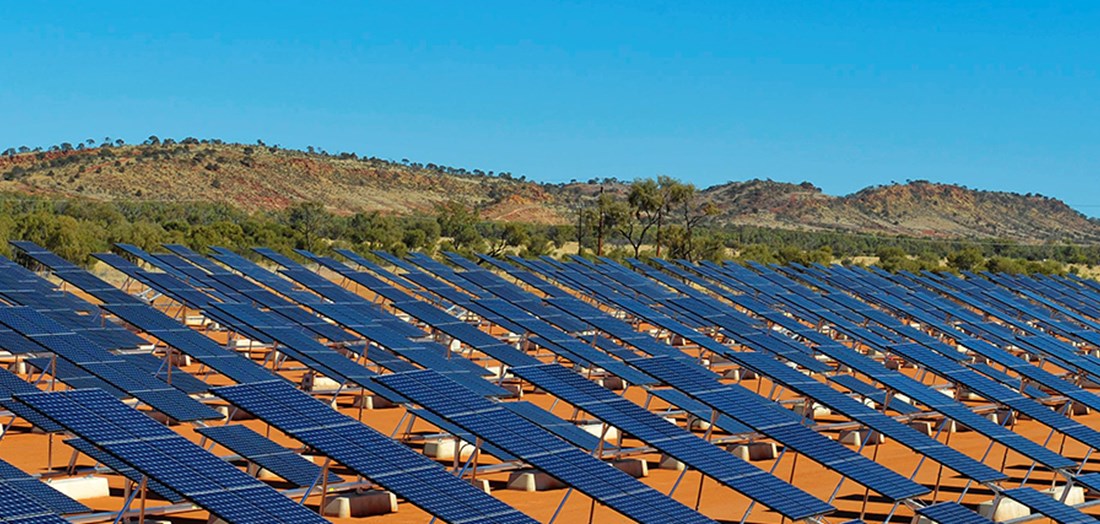
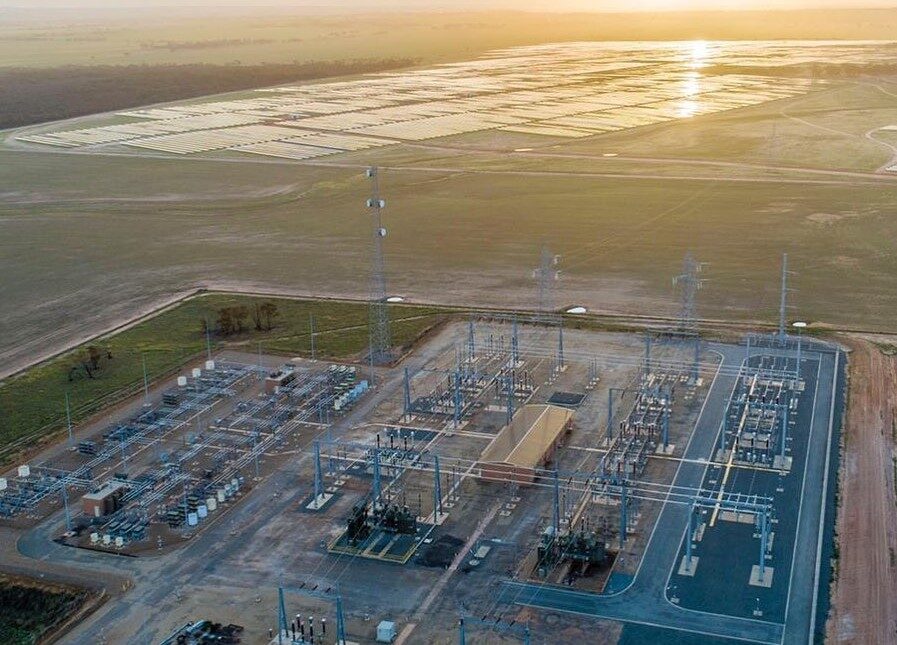


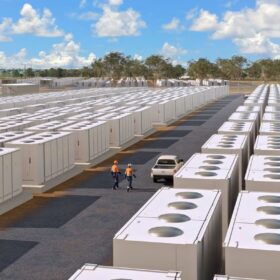
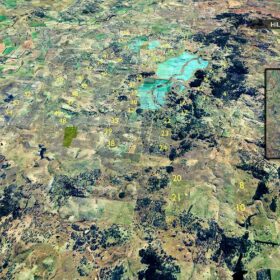
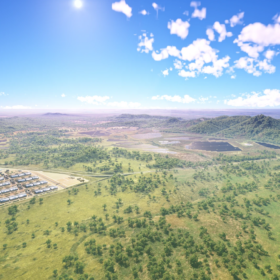


2 comments
By submitting this form you agree to pv magazine using your data for the purposes of publishing your comment.
Your personal data will only be disclosed or otherwise transmitted to third parties for the purposes of spam filtering or if this is necessary for technical maintenance of the website. Any other transfer to third parties will not take place unless this is justified on the basis of applicable data protection regulations or if pv magazine is legally obliged to do so.
You may revoke this consent at any time with effect for the future, in which case your personal data will be deleted immediately. Otherwise, your data will be deleted if pv magazine has processed your request or the purpose of data storage is fulfilled.
Further information on data privacy can be found in our Data Protection Policy.